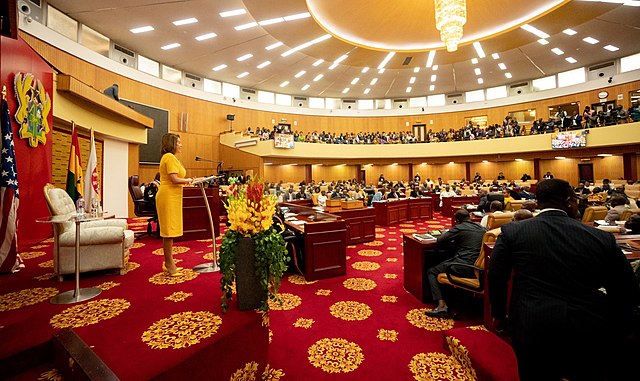
For the past several weeks, the media has provided near-constant coverage of the Jodi Arias trial. This one homicide – in which Arias is accused of stabbing and shooting her ex-boyfriend Travis Alexander – has become an international story, largely due to the peculiar and often explicit details surrounding the case. A similar situation surrounded the Casey Anthony trial in 2011, which revolved around a mother accused of killing her daughter. The upcoming trial in the case of the killing of Trayvon Martin is also likely to become a media circus.
There were 14,748 reported intentional homicides in the United States in 2010 alone. The cases of Anthony, Arias and George Zimmerman, who shot Martin, are not highly publicized because of the crime committed – if that were true, the media would be reporting the details of every single one of these killings. Murder alone isn’t enough for hour-long specials on every news network.
These cases are focused on because they stoke passions. In essence, they make for good television.
To observe this sensationalization of justice, one need only observe the flashy titles given to exclusive coverage of these cases: “Shoot First: the Tragedy of Trayvon Martin,” “Sex, Lies and Audiotape,” and “Prosecuting Casey Anthony” were all media circuses; in fact, “Prosecuting Casey Anthony” didn’t even pretend to be news. It was a made-for-TV movie on Lifetime. Yes, Lifetime.
It really should go without saying that the criminal justice system should have absolutely nothing to do with modern infotainment. The goal of our legal system is to dispense fair justice, not to entertain television viewers. It is in this spirit that law enforcement and news agencies should seriously consider not releasing the names of suspects.
There is a witness protection program in order to protect witnesses, and the names of victims, such as in the recent Steubenville, Ohio, rape case, are often omitted from releases in order to protect them. In the age of the 24-hour news cycle, why not extend the same protection to the accused? After all, before a verdict, that is all they are: accused, and innocent until proven guilty. Currently, the media makes little distinction between the accused and the guilty; “John Doe accused of murder” and “John Doe found guilty of murder” both imply to the audience that John Doe is a murderer, so the former is in complete violation of the spirit of “innocent until proven guilty” upon which our legal system is supposedly founded.
Across America, there are millions of people who, when asked, will tell you that Anthony is a murderer, despite the fact that she was found not guilty by a jury. The media followed her case with such fervor that much of the nation had made up its mind long before the actual verdict. Now Anthony is forced to live in hiding with security at all times and little to no possibility of restarting even a quasi-normal life.
Of course, there is certainly some moral ambiguity in the last example: Anthony’s daughter, Caylee, was found dead and the verdict which freed Anthony did so on the basis of insufficient evidence by the prosecution, not her innocence. She may have indeed killed her daughter but the court did not prove it. Let us look at another, more black-and-white example.
In 2006, members of the Duke lacrosse team were accused of raping a woman after hiring her as a stripper for a party. The case made headlines across the nation, and resulted in a canceled lacrosse season and Head Coach Mike Pressler’s forced resignation. Team members David Evans, Reade Seligmann and Collin Finnerty were all charged with rape. Eventually, it came to light that the accuser could not keep her story straight and that the district attorney, Mike Nifong, had lied, withheld evidence, and made inflammatory statements about the athletes to the media, for which he was later disbarred.
In the aftermath, neither Seligmann nor Finnerty returned to Duke after suspension, and another lacrosse team member, Ryan McFadyen, was suspended from Duke after an email he sent just after the woman left the party came to light. In the email McFadyen claimed that he was going to have strippers over, kill them and skin them. While this email sounds terrible at first, it becomes much less so once one realizes it’s just an ill-thought out joke quoted from the book/movie “American Psycho.” Instead of focusing on this, investigators searched McFadyen’s room and car, confiscating two laptops, a camera, cash, and other personal belongings and released his name and the contents of the email to the press.
None of this should have been made public. The identities of the accused should have remained confidential; there was absolutely no reason for the media to trumpet the case. Multiple students had their names falsely defaced on national television, several were suspended from the university and had their studies interrupted just for being accused of a crime and the head coach lost his job for no apparent reason. Not a single member of the Duke lacrosse team was convicted of anything at all, and yet the news spent months plastering their names and faces across television screens, accompanied by the word “rape.”








![By freestocks.org [Creative Commons Zero], via Wikimedia Commons](https://dailycollegian.com/wp-content/uploads/2024/04/Picture1-1.png)


